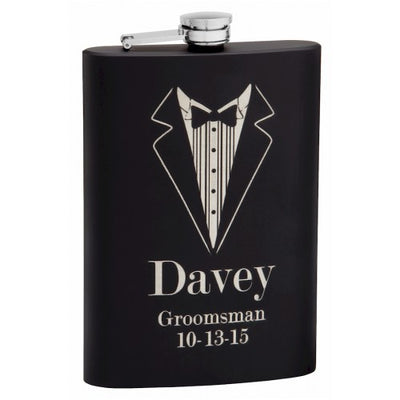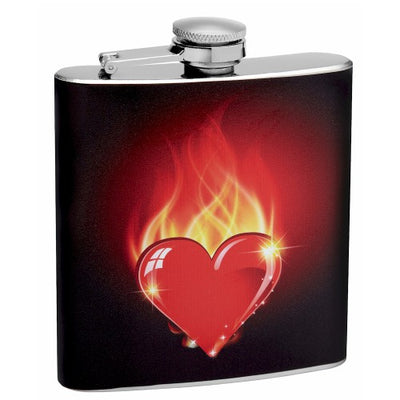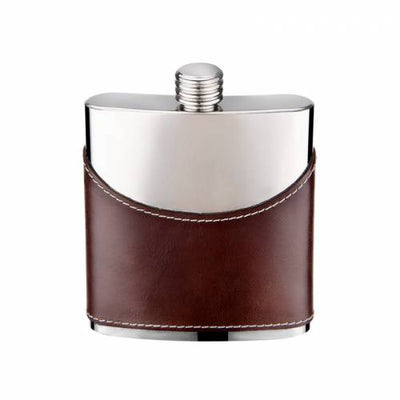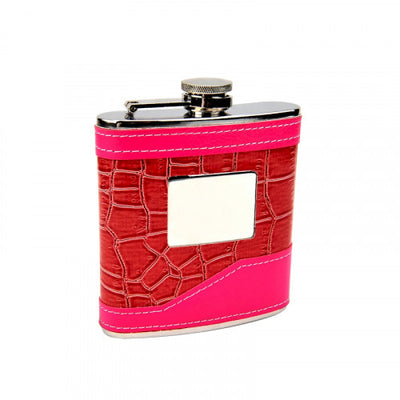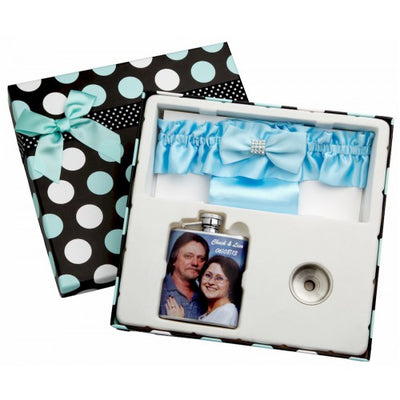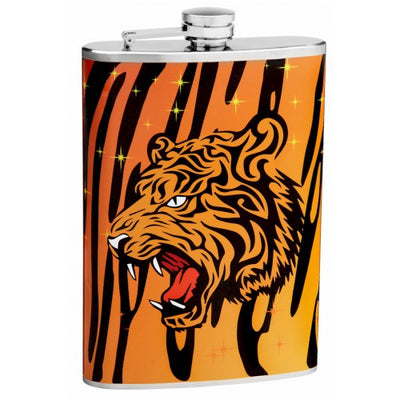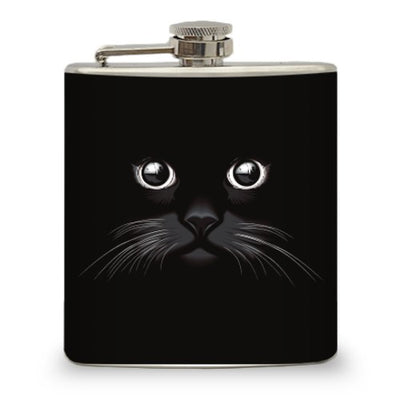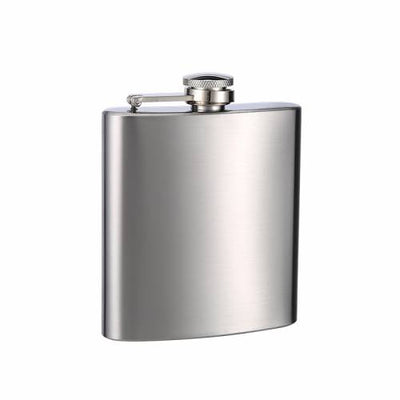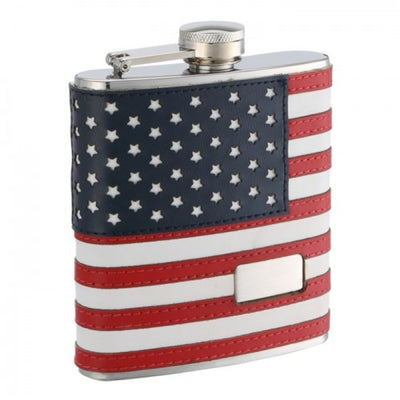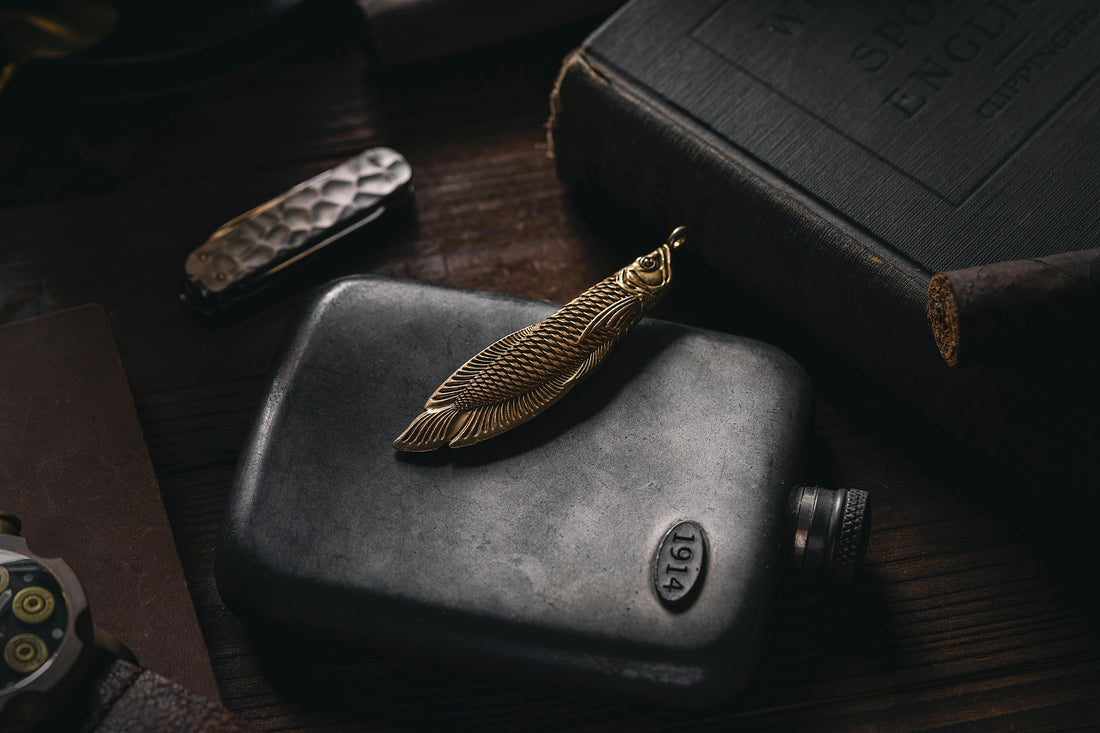History and Origin
Hip flasks began to appear in the form that we recognize today during the

18th century, and were initially used by members of the gentry. But there have been less compact versions of flasks in use for several centuries. They say that in the Middle Ages, they would cut out the insides of certain fruits, and fill the fruit with liquor.
During the 18th century, women would take pig’s bladders, fill them with gin, and hide them under their petticoats, to smuggle them onto British warships. When prohibition started in America, in the 1920s, the state of Indiana banned the sale of hip flasks and cocktail shakers.
Why Are Hip Flasks Curved?
Hip flasks have traditionally been thin, with a curve and size whose shape alludes to the human kidney. The reason for this curve is simple: so that it can easily be pressed against one's body so that it is better concealed. A curved flask fits better in a front or back pocket as it will press against one's leg or thigh. Even a flask that is kept in someone's boot or sock can be pressed against the leg well.Why Is It Called a Hip Flask?
The name is pretty understandable - most people would conceal them alongside their hips, either in their pockets, belts, or waistbands. As such, they can vary greatly in shape, and size, although they are usually contoured to match the curve of the wearer's hip or thigh, for comfort and discretion (as alluded to above).Some flasks also have a "captive top" which is a small arm that attaches the top to the flask to prevent the top from getting lost when it is removed. Some flasks also have a small compartment on the front of back where you might keep some cigarettes, or rolling papers, like the one below from Flasks.com. :)
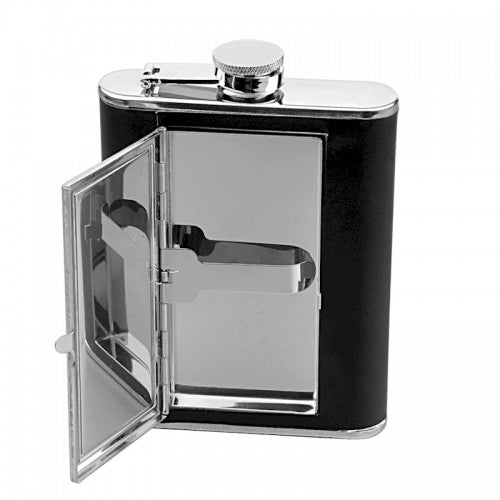
Executive Flask with Cigarette Case and Leather Wrap from Flasks.com
Hip flasks were traditionally made out of pewter, silver, or even glass, although today, most modern top-quality hip flasks are made from 100% stainless steel. Some modern flasks are also made out of plastic so the user can avoid detection by metal detectors.
Laws & Regulations
Throughout many places in the USA, it is illegal to carry a hip flask, due to the “open container” laws which prohibit possession of an unsealed container of alcohol in a public place.In terms of flying and hand luggage rules, it is permissible to carry a flask which is empty, because it is illegal for travelers to transport alcohol in an unsealed contained.
U.S. laws don't explicitly mention anything about flasks. However, UK laws are much more explicit, with two alcohol-related laws that pertain to flasks including the Licensing Act of 2003 and Road Traffic Act 1930.
Hip Flask Defense Act
The Road Traffic act of 1930 was revised in 1988 and is known in some circles as the Hip Flask Defense Act. The primary facet of this law pertains to being under the influence of drugs or alcohol while operating a vehicle.However, in section 15, this Act states that the level of alcohol found on the driver was the same as when he was operating the vehicle. The obvious and interesting loophole defense here is that a driver could hypothetically drink alcohol AFTER he or she is questioned by authorities, and therefore claim that they were not inebriated at the time of arrest/questioning.
The hip flask defense possibly originated with a driver stepping out of his car (after being stopped by police) and taking a swig of alcohol from his hip flask. It would obviously be hard to prove whether or not this person drank to relieve his nerves or to confuse the police.
Disclaimer: Flasks.com is not a legal authority and this article should not be used for legal advice. For official legal advice on drinking and driving please contact a law firm.
The Future of Flasks
It does not seem likely that governments will bar the sales of flasks in the near future. Though many establishments bar them, and it is illegal in many places to drink publically, flasks are still popular and useful in certain situations.Of course, if flasks are ever outlawed, folks can resort to old school tactics of hiding their alcohol:
For the last hundred years, flasks have become a very common, traditional gift for a man who is about to marry, to give to his best man and groomsmen, as gifts, on his wedding day. Today, many brides also give flasks to their maids of honor, as well as the bridesmaids, as gifts. The mother and father of the bride, and of the groom, also receive these gifts quite often, as the flasks can now be customized, personalized, engraved in a very impressive manner, making the flask a nice memento of the wedding day.


